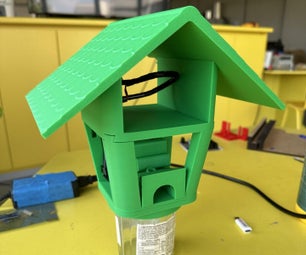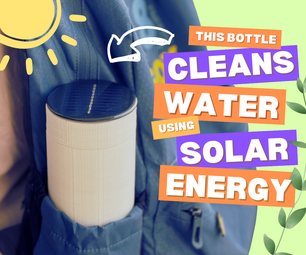Introduction: TransistorTester Firmware Flash With Arduino
Hi yallll !!! :D
I'm LGhost and this is my first instructable. I decided to post this instructable because I brought one TransistorTester on ebay and wanted to flash it so i could have not only the most recent firmware and because it came with some "custom" firmware... I was having some problems flashing it and didn't found any help easily on the internet... So i decided to simplify here what i learned.
Step 1: Preparing the Tools
Since this is a tutorial on how to flash with Arduino , i presume that you already have installed Arduino IDE and that you are familiar with that.
All you need to do with your Arduino IDE is to load the ArduinoISP sketch, select your board and upload the sketch. That's everything you'll need to do on Arduino IDE !
To demonstrate i'll be using an Arduino Pro to flash the firmware, and this TransistorTester from Ebay.
Now... Moving on... You'll need some things to flash the firmware:
- A version of AVRDUDE_PROG modified by me (This version of AVRDUDE_PROG has an option to Arduino).
After downloaded extract AVRDUDE_PROG and for the firmware just extract the folder containing the firmware needed for your TransistorTester... Mine is "mega328_GM328" (check the image if you don't know what i'm talking about).
Step 2: Preparing the Board to Be Flashed
Now that you have all the tools to flash the board you'll need probably to solder the ISP pins on the TransistorTester board (see the image).
After that make the connections to the Arduino pins as shown in the second image. (example: pin 12 of Arduino to MISO (1) on the TransistorTester).
Step 3: Flashing the Board
Now that you have all prepared and connected just connect the Arduino to the PC and launch AVRDUDE_PROG.
From here on it's very simple , use the images to guide you:
1 - Select the option "ARDUINO" and select the COM port of the Arduino.
2 - Check the chip of your TransistorTester and insert it there... In my case it's the ATMega328P.
3 - Select the .hex file in the firmware folder you extracted.
4 - Select the .eep file in the firmware folder you extracted.
Now go inside the firmware folder and you'll have a file (readme.txt) containing the info about the fuses. Use that info to insert in the AVRDUDE_PROG... Check the images again for info.
5 - Select all 3 options.
6 - HIT THE BUTTON !!!! :D
That's it guys , hope you liked it and hope it helps you if you a TransistorTester laying around (:








